
Agilent Cary 60 UV-Vis
Kontaktperson: Jessica Geppert
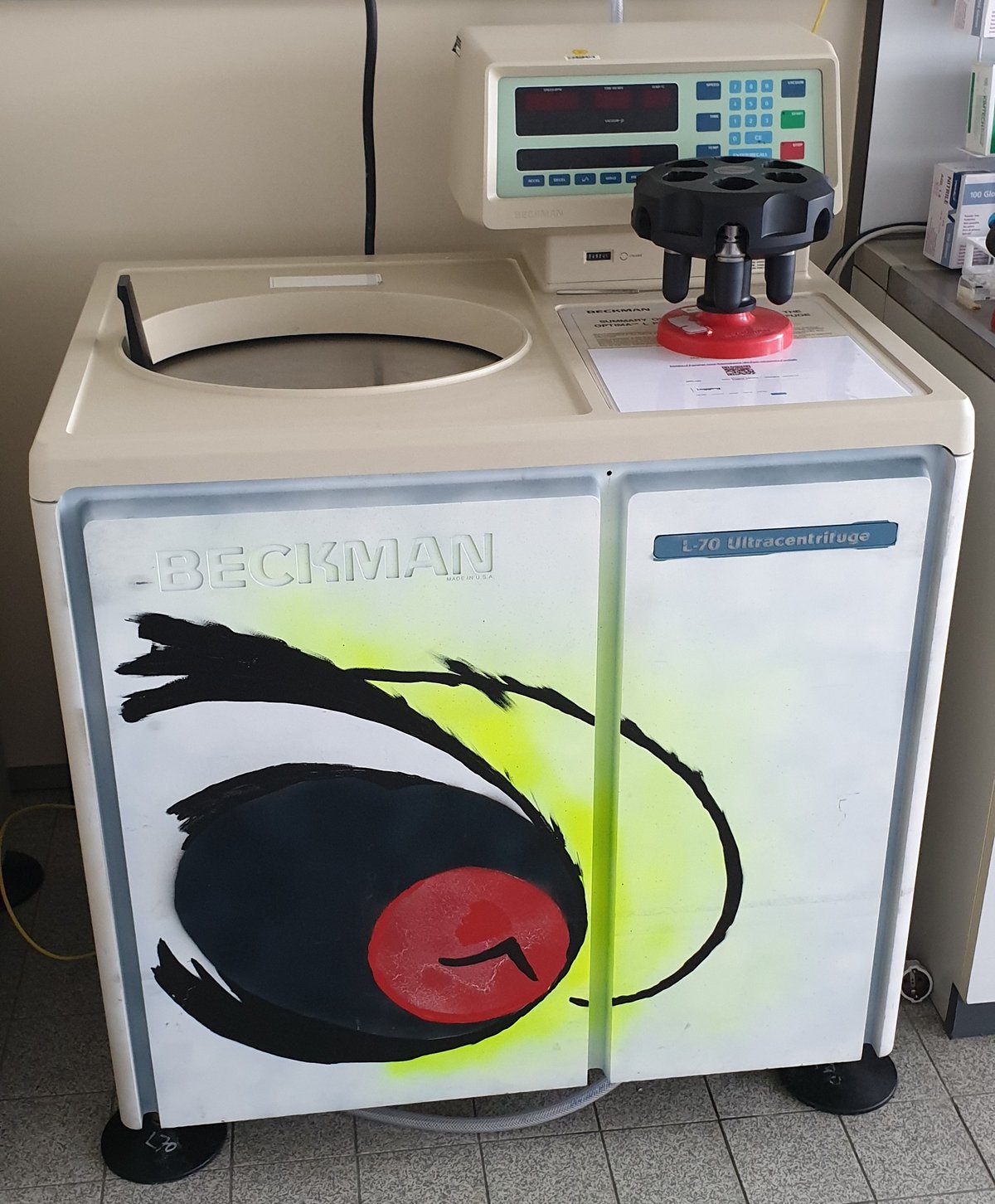
Beckman XL Preparative Ultracentrifuges
Kontaktperson: Rose Rosenberg
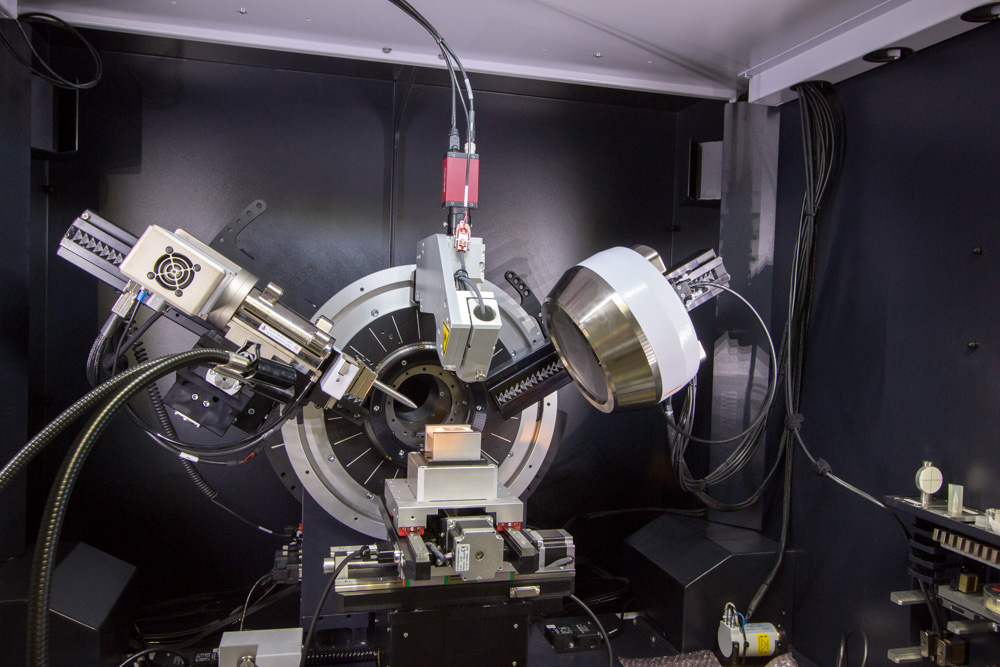
Bruker D8 mit IµS-Röntgenquelle
Pulver-Röntgendiffraktometer mit Bragg-Brentano-Geometrie. Es stehen ein 2-D-Flächendetektor, ein energiedispersiver 1-D-Detektor sowie ein Szintillationszähler zur Verfügung. Es können Pulver, Filme sowie Proben in Kapillaren analysiert werden.
Kontaktperson: Elana Harbalik
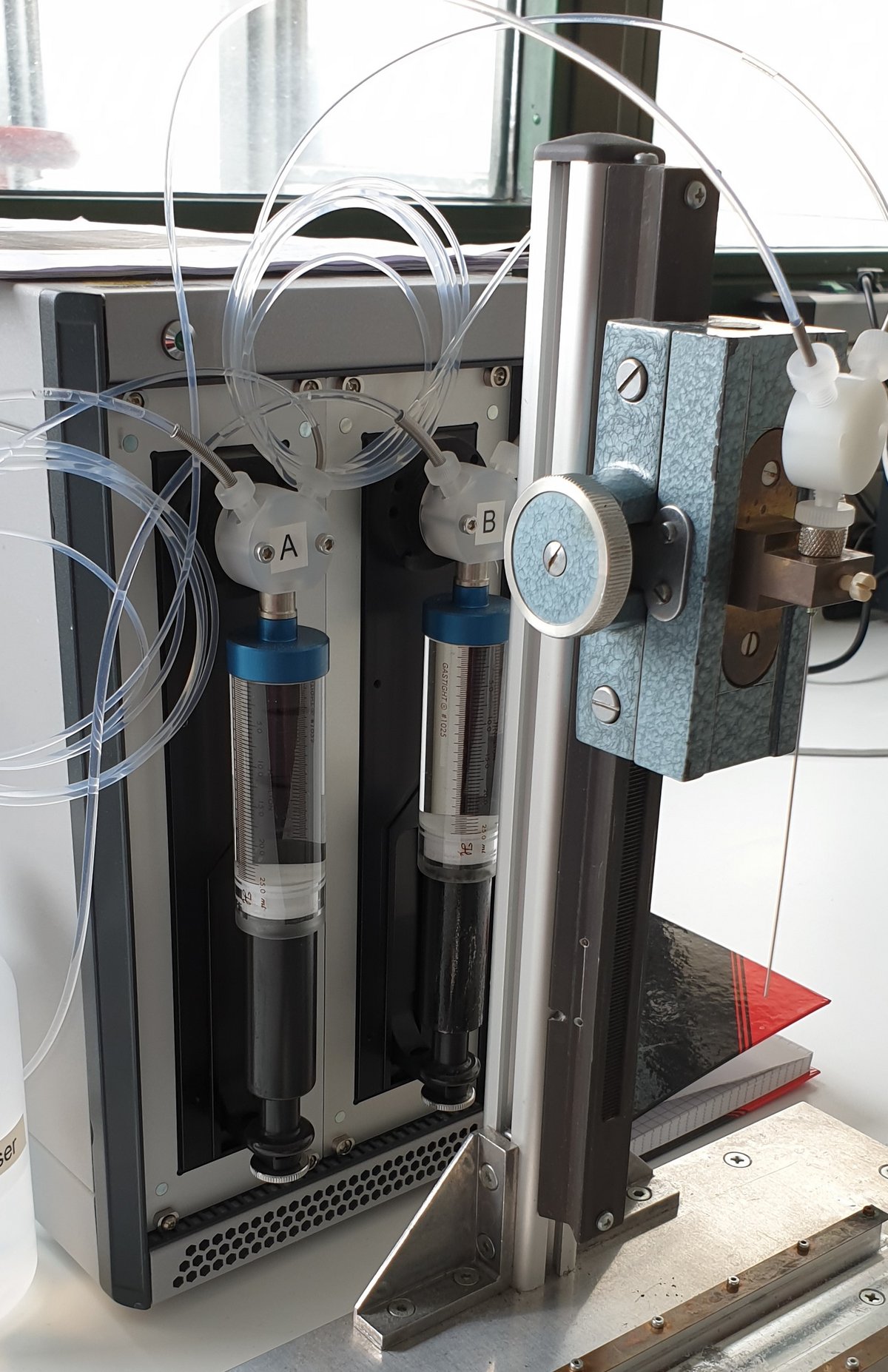
Duratec Gradientenmischer
Binary mixtures of various solvents can be fabricated using this device. The main application is in ultracentrifugation where gradients allow the precise fractionation of particle samples.
Kontaktperson: Rose Rosenberg
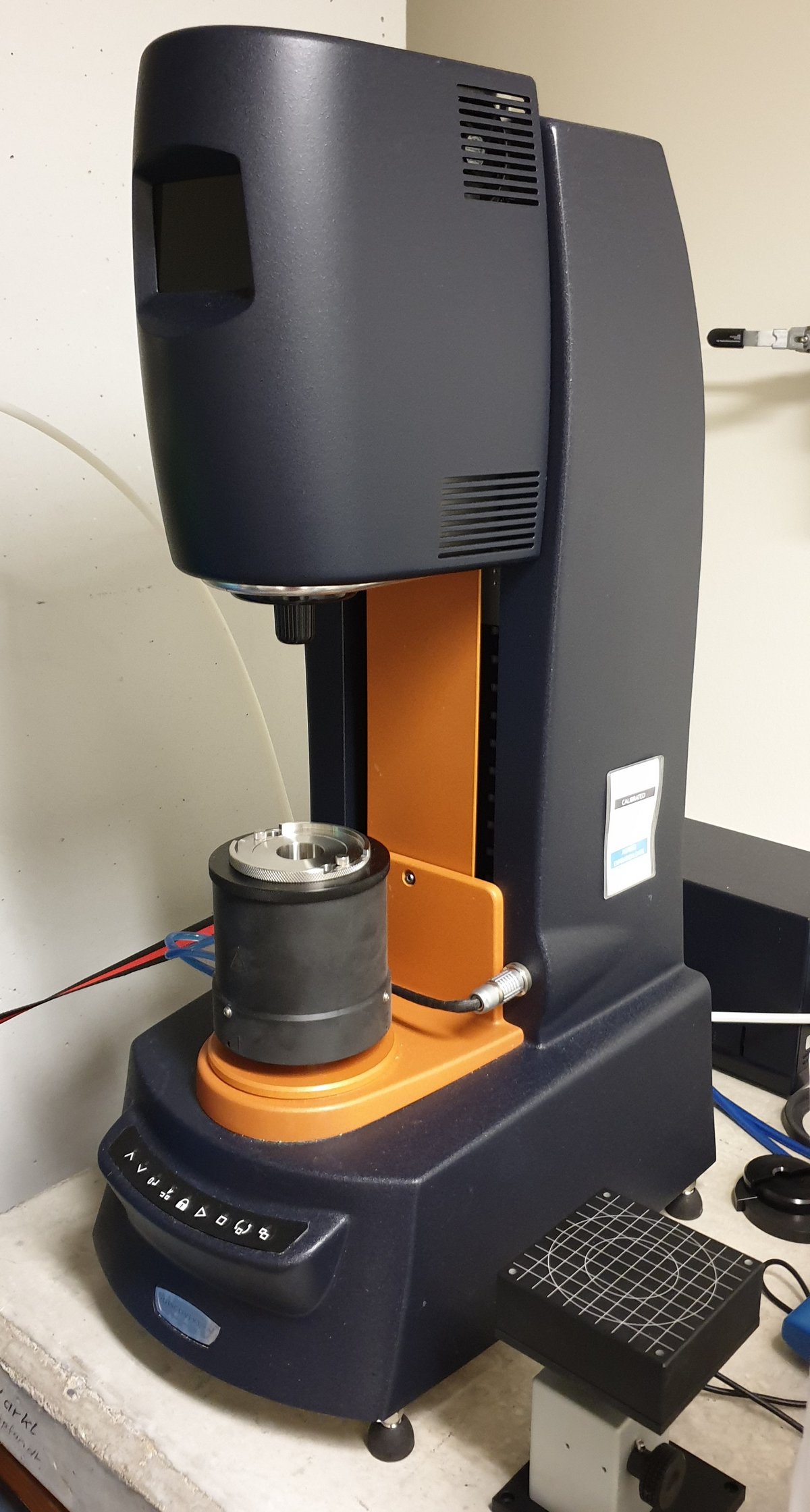
Discovery HR2 Rheometer
Kontaktperson: Jakob Steindl

Krüss DropShapeAnalyzer
Kontaktperson: Andra-Lisa Hoyt
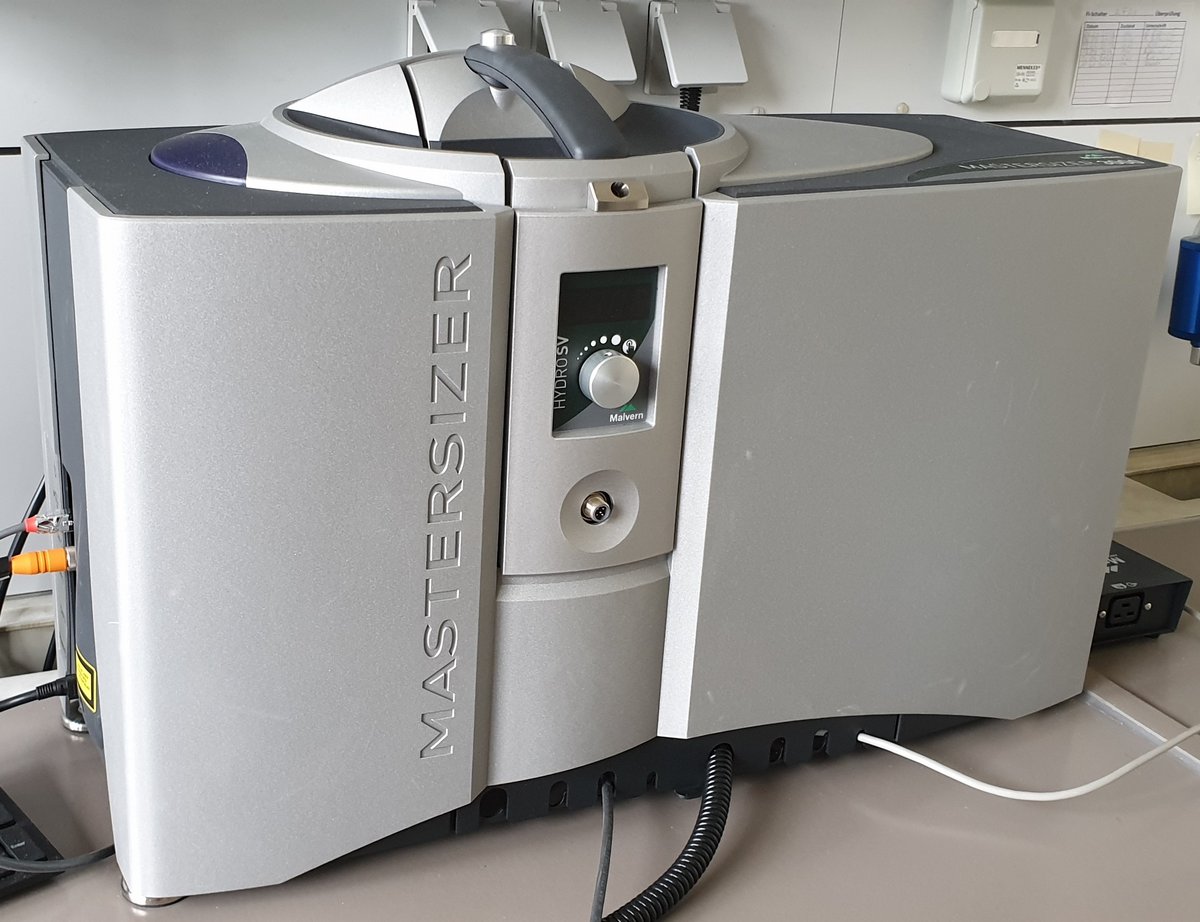
Malvern Mastersizer 3000
With the Mastersizer 3000 the particle size can be determined by utilization of the SLS technique. Particles with sizes ranging from 10 nm to 3.5 mm can be analyzed. With different dispersion-units, particles can be dispersed in air, water and solvents. By utilizing different measurement chambers, the volume of the dispersion and the amount of sample can be adjusted.
Kontaktperson: Simon Schwab
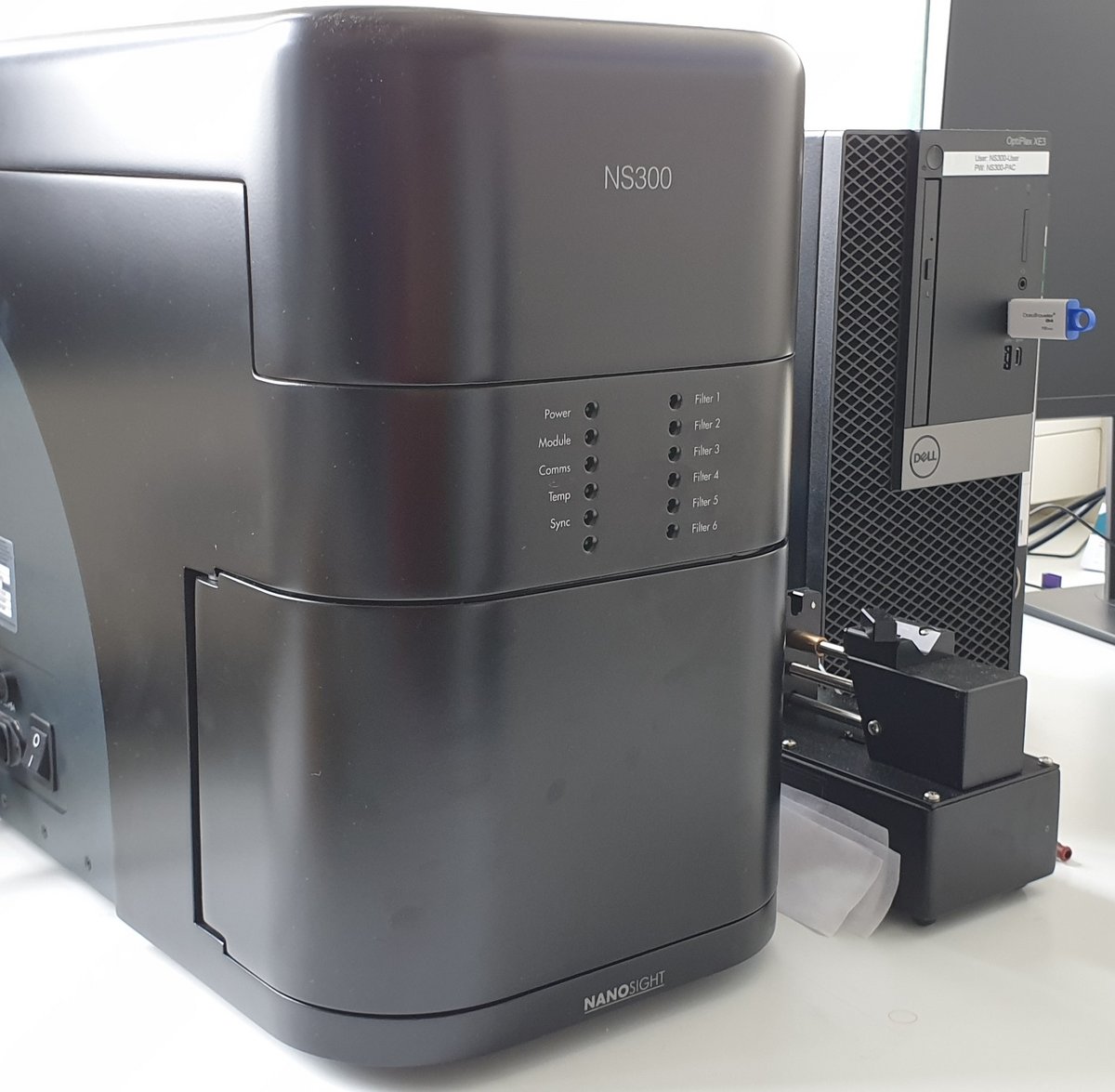
Malvern Nanosight NS300
Size distributions as well as nanoparticle concentrations of aqueous highly diluted dispersions can be determined. Two laser modules with wavelengths of 642 nm and 488 nm allow tailored measurements depending of the particle size and material. With built in fluorescence filters (500 nm and 650 nm) it is possible to track fluorescent particles as well as non-fluorescent particles in solution. Temperature control from 20-50 °C and a syringe pump allow a precise and reproducible analysis. Particle size ranges from 10 nm to 1 µm.
Kontaktperson: Holger Hilbert
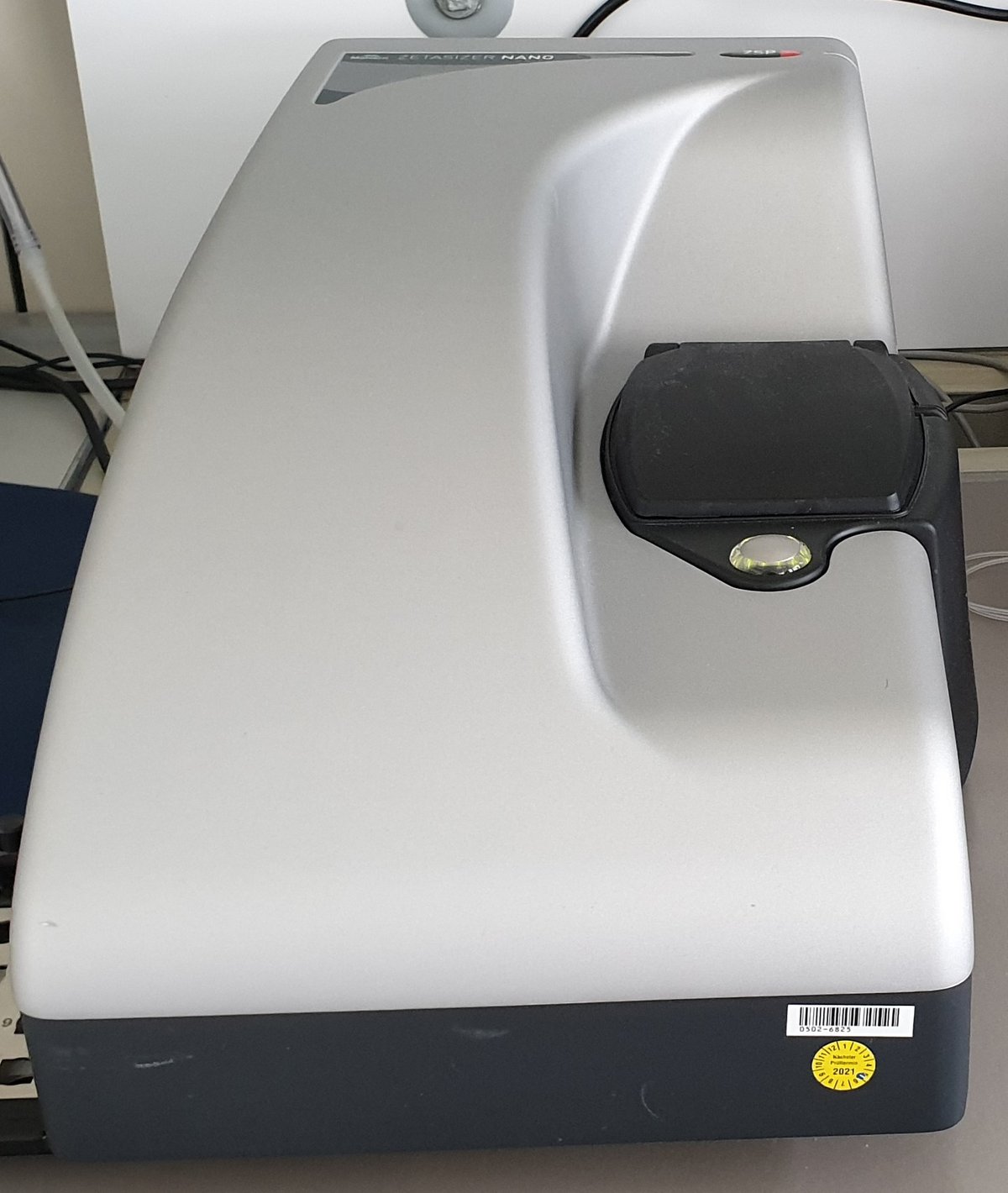
Malvern Zetasizer Nano ZSP
Via dynamic light scattering the particle size and the zeta potential of nanoparticle dispersions can be determined. Scattering is detected at 13° and 173° in a temperature range of 0°C to 90 °C. Particle size is limited from 0.3 nm to 10 µm. An autotitrator allows the measurement of zeta-potential and size distributions while adjusting the pH-value.
Kontaktperson: Holger Hilbert
